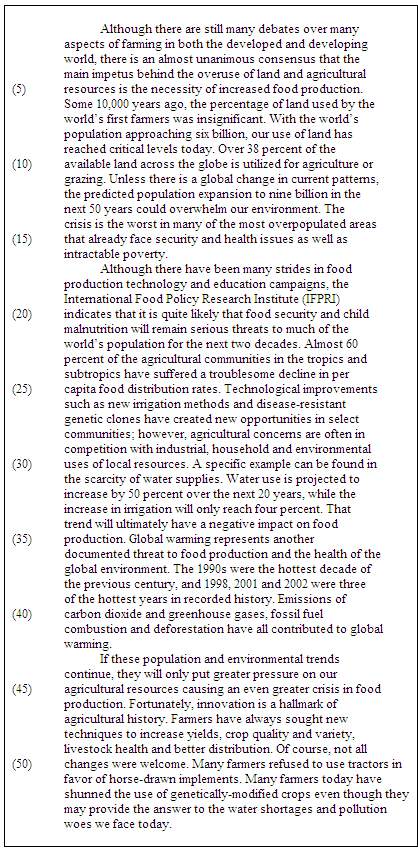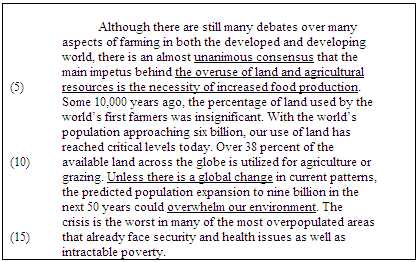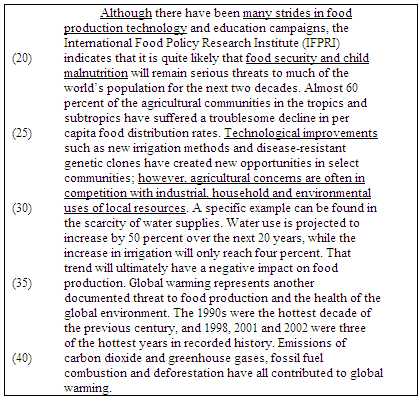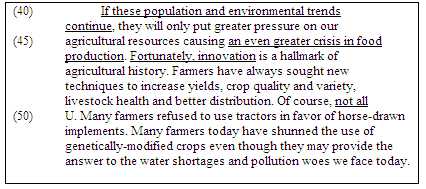Reading Comprehension Questions
Law school candidates are often stressed out about the long boring passages they find in the Reading Comprehension section. These passages may feature unfamiliar topics, but one thing is certain: the questions will be completely familiar to TestSherpa students. There are really only a limited number of question types in Reading Comprehension and they will often help you understand difficult passages when you know their secrets.
This is the first of a series of articles about Reading Comprehension Questions on the LSAT test. The series includes the following articles:
- Reading Comprehension Questions: an introduction
- Reading Comp Macro Questions
- Reading Comp Inference Questions
- Reading Comp Detail Questions
- Reading Comp Why and How Questions
Reading Comprehension Questions
Even the most difficult passages give you ways to eliminate wrong answers with simple factors such as tone and scope. This course will give you basic familiarity with the questions you’ll find in the Reading Comprehension section.
First, let’s review the TestSherpa process for Reading Comprehension:
- Read the first paragraph and guess at main idea, scope and tone
- Read the rest of the passage and build an outline
- Confirm your outline
- Tackle the questions
Next, use this technique for the following passage.
Here is the passage in its entirety. Read the first paragraph in detail and make a guess about the author’s main idea, scope and tone. Then read the rest looking for topic sentences in each paragraph and making paraphrases of each paragraph. This will become your outline to refer to for the questions. Remember, when we get to the questions, it’s not important that you know (memorize) the details of the passage — the only thing that matters is that you understand the main idea of the passage and can find those details later.

Next we’ll break down the passage, paragraph by paragraph. Be sure you read the passage and try your hand at forming your own outline before reading ours.
Let’s look at the first paragraph:

This paragraph (like many science topic passages) is packed with details:
- “Some 10,000 years ago…”
- “…world’s population approaching six billion…”
- “Over 38 percent of the available land…”
- “….predicted population expansion to nine billion in the next 50 years…”
As hard as it may seem, you need to ignore these details for now. They’re only there to support the main argument which is really contained in the few sentences underlined above. See how sneaky the LSAT is, trying to waste your time with details you may or may not get questioned about? Look how much easier it is to understand the passage if you just take the key phrases we underlined above and formed a quick paraphrase:
- Unanimous consensus
- Overuse of land and agricultural resources
- Necessity of increased food production
- Unless there is a global change
- Overwhelm our environment
It’s now pretty clear what the passage (or at least the opening paragraph) is about:
Main idea: We need more and more food so we overuse the land which will overwhelm our planet if we don’t do something about it.
After reading the first paragraph you might have come up with the following and even taken the time to write something like this down in your test booklet:
Topic: Agriculture and the use of land
Scope and Purpose: To point out an environmental crisis in our use of farm lands – will the author argue for a solution?
Main idea: We need more and more food so we overuse the land which will overwhelm our planet if we don’t do something about it.
You might have also underlined a few sentences as we did above. It’s critical you take these steps. Even though it feels like you’re wasting valuable time, it will make the rest of the passage and the questions so much easier that you’ll more than make up the time later.
Now that we know what the passage is about let’s see what the second paragraph contains as we start to build a road map.

Again we’re faced with a pile of intimidating details you need to ignore. Almost everything in this paragraph is a detail or example used in support of the author’s arguments except for a few key phrases. Take a look at what we underlined above, with particular note of the key signal words “although,” and “however.”
- Although
- Many strides in food production technology
- Food security and child malnutrition
- Technological improvements
- However
- Agricultural concerns are often in competition with industrial, household and environmental uses of local resources.
“Although,” tells us that there will be a contrast coming up. Here the author contrasts strides in technology with food security and child malnutrition. “however,” is similar in that it indicates a contrast with what we just read. In this case the contrast is again between technological improvements with a negative factor, specifically that farming and food production has to compete with other concerns and uses.
Breaking down the paragraph by identifying a few key phrases and coming up with your own paragraph is a lot easier than trying to digest the passage and all it’s crazy details as a whole. You might be comfortable just underlining the above phrases, or just to be sure you might write the following in the margin of your test booklet:
There have been technological improvements, but the need for food keeps growing and there is competition for land and resources.
Isn’t that a lot easier? Now if you get a question about technology or competition for resources, you’ll know where to look.
Now let’s look at the third and final paragraph:

Again, more of the same (with a weird curve-ball about genetically-modified crops):
Greater food needs, environmental crisis, but technology continues. Farms shun some innovations.
So if we put it all together into a road map, it would look like this:
Main idea: We need more and more food so we overuse the land which will overwhelm our planet if we don’t do something about it.
P2: There have been technological improvements, but the need for food keeps growing and there is competition for land and resources.
P3: Greater food needs, environmental crisis, but technology continues. Farms shun some innovations.
Why didn’t they just say so?
Now that we’ve formed our road map of the passage, let’s look at some Reading Comp Macro Questions.
